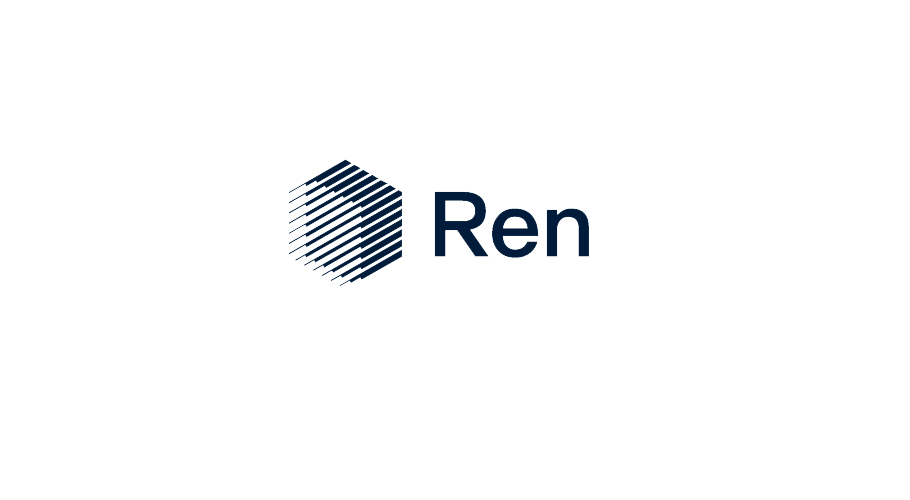Ren, a privacy-preserving virtual machine featuring a cryptocurrency dark pool, during this past month achieved some notable milestones in its development, the primary among them was interoperability. To showcase this, the Ren team used RenVM to successfully trade DAI/BTC on an Ethereum DEX.
To make this possible, RenVM was used as a trustless and decentralized bridge to connect the Ethereum and Bitcoin blockchains. On top of this trustless bridge, the Ren team built a simple Ethereum DEX that can instantly swap DAI with real BTC without needing to wrap/unwrap BTC; a true cross-chain trading experience. Ren is now extending this demo to support USDT and ZEC, and preparing to make it available to the public on Ethereum Mainnet.
Development Achievements:
RenVM
- Interoperability was the biggest achievement during the past month. The team successfully exchanged DAI/BTC using an Ethereum DEX.
- Hyperdrive has been integrated into RenVM and has successfully been deployed to an internal Devnet. It will continue to undergo testing and optimization.
- JSON-RPC 2.0 support has been deployed to an internal Devnet. This will make it easier for developers to work with RenVM.
Darknodes
- The new Darknode payment subprotocol has been deployed. This will ensure more frequent and evenly distributed payments to new and existing Darknodes. It also improves some of the underlying incentives to keep Darknodes stable and online.
- Darknodes are now able to run on cheaper hardware, with tests showing that T3. Micro Instances are now sufficient. The Darknode CLI has been updated to reflect this, along with the ability to resize Darknodes without having to deregister them.
Lightnodes
- Lightnodes were deployed to an internal Devnet. Lightnodes are a lightweight gateway that mimics the RenVM JSON-RPC 2.0 interface. This allows developers to build web apps that can interact with HTTPS endpoints.
“This month has been very productive and we have been able to build and demonstrate some cutting edge technology. For the dev team, our next step is to get this technology into the hands of other developers so they can begin building their applications. This will involve stability improvements, testing, and documentation.”
